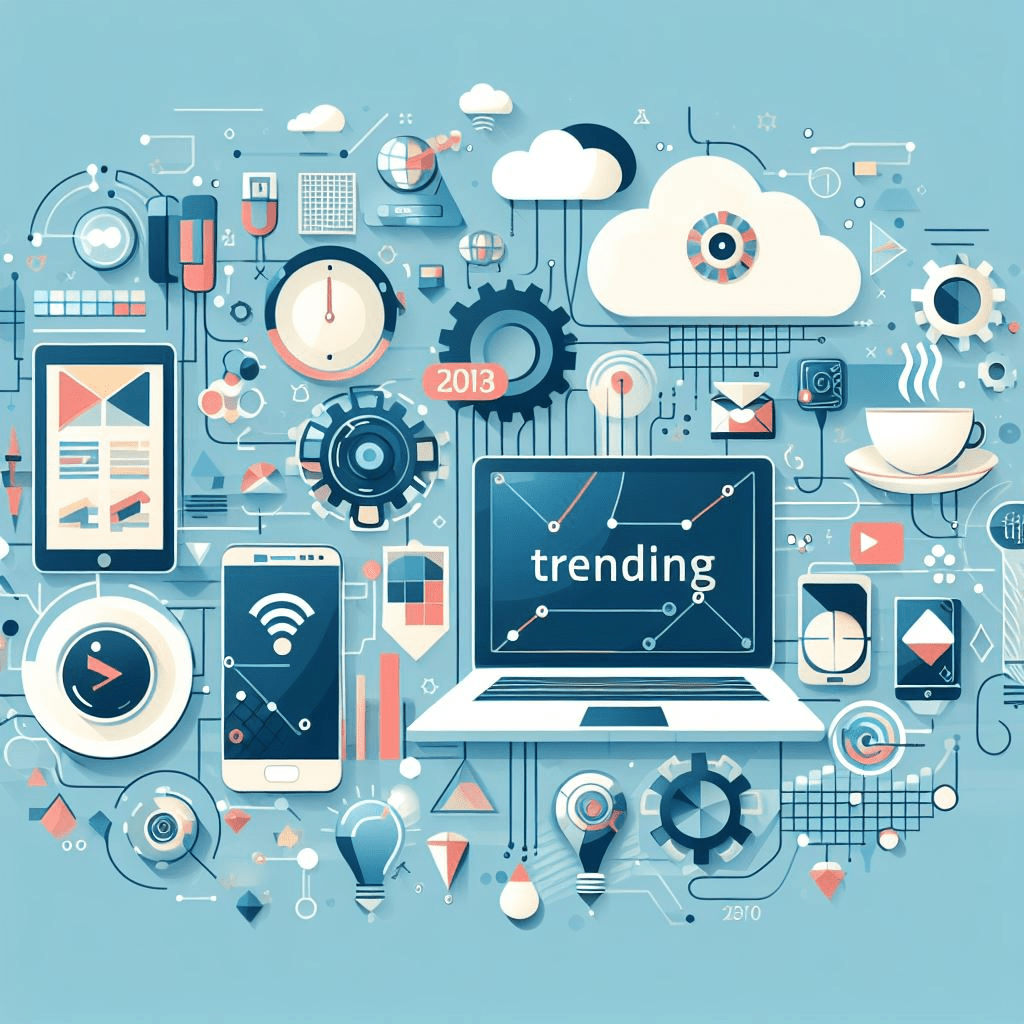Artificial Intelligence (AI) and Machine Learning (ML):
AI enables computers to perform tasks that typically require human intelligence, such as learning, decision-making, and problem-solving.
ML, a subset of AI, allows computers to learn from data without explicit programming.
Applications: Healthcare (medical record analysis, patient outcome prediction), finance, retail, and more1.
Internet of Things (IoT):
IoT refers to a network of interconnected devices that can exchange data.
It transforms how we interact with our surroundings and enables new goods and services.
Applications: Smart homes, industrial automation, environmental monitoring, and more1.
5G Networks:
5G networks offer increased speeds, capacity, and reduced latency.
Crucial for supporting emerging technologies and enhancing connectivity.
Applications: Faster internet, seamless communication, and improved IoT capabilities2.
Virtual and Augmented Reality (VR/AR):
VR immerses users in virtual environments, while AR overlays digital information on the real world.
Applications: Gaming, training simulations, architecture, and entertainment1.
Robotic Process Automation (RPA):
RPA automates repetitive tasks using software robots.
Enhances efficiency and reduces human error.
Applications: Data entry, invoice processing, customer service, and more1.
Blockchain:
A decentralized and secure way to record transactions.
Applications: Cryptocurrencies, supply chain management, and identity verification1.
Quantum Computing:
Leverages quantum bits (qubits) for faster and more complex computations.
Potential breakthroughs in cryptography, optimization, and drug discovery1.
Edge Computing:
Processes data closer to the source (edge devices) rather than in centralized servers.
Reduces latency and enhances real-time decision-making.
Applications: IoT, autonomous vehicles, and remote monitoring1.
Cybersecurity:
Protects systems, networks, and data from cyber threats.
Essential as technology adoption increases.
Applications: Threat detection, encryption, and secure communication1.
3D Printing:
Creates three-dimensional objects from digital designs.
Revolutionizes manufacturing, prototyping, and customization1.
Remember, these trends are constantly evolving, and staying informed is crucial for professionals in the software industry. 🌟✨


